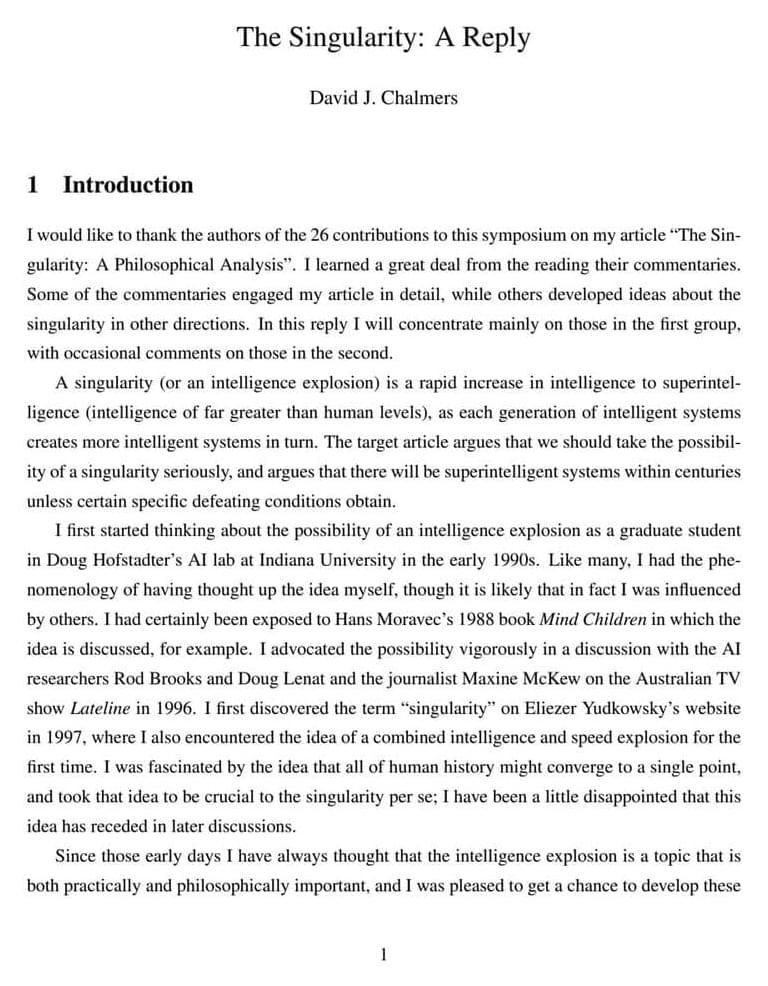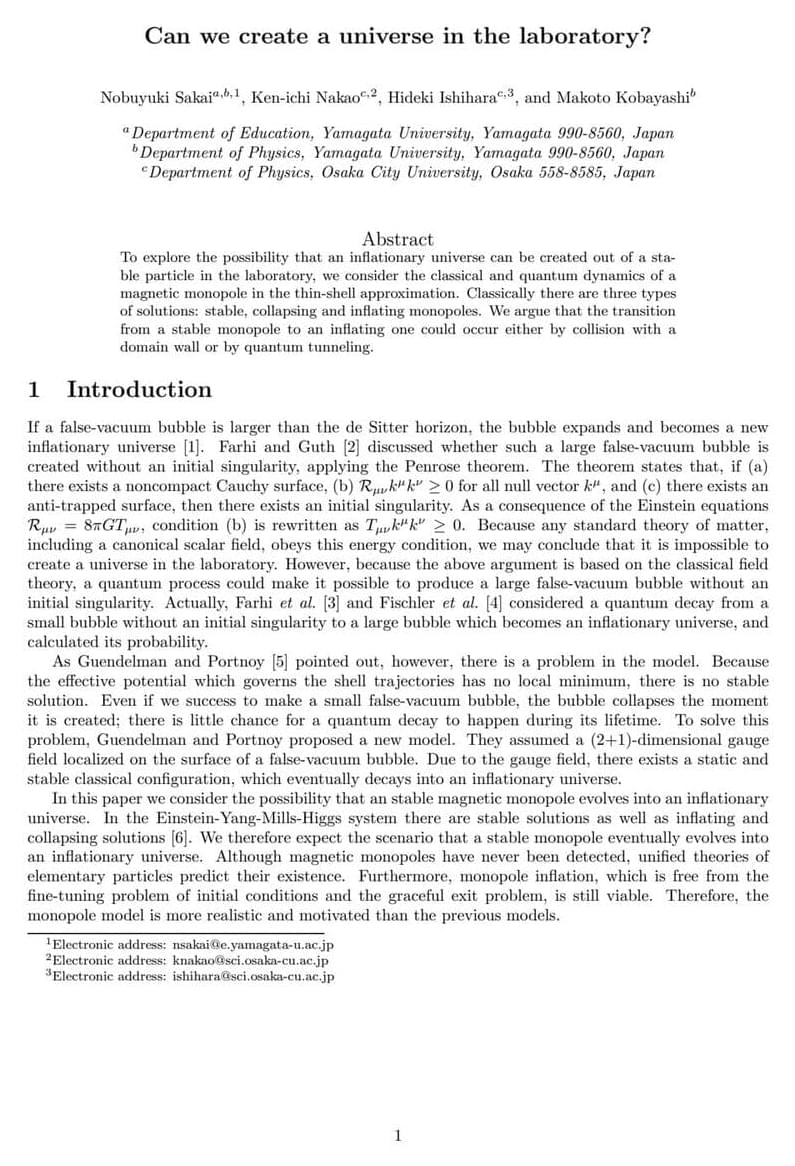The authors said their work demonstrates the importance of enzyme GCN5 in maintaining the expression of key structural proteins in muscle.




A four-star US General has warned of a possible conflict with China most likely over Taiwan as early as 2025. He urged his commanders to push their units to achieve maximum operational battle readiness this year and internal memorandum over the issue emerged in social media and was later confirmed genuine by the Pentagon.
#us #china #worldnews.
About Channel:
WION The World is One News, examines global issues with in-depth analysis. We provide much more than the news of the day. Our aim to empower people to explore their world. With our Global headquarters in New Delhi, we bring you news on the hour, by the hour. We deliver information that is not biased. We are journalists who are neutral to the core and non-partisan when it comes to the politics of the world. People are tired of biased reportage and we stand for a globalised united world. So for us the World is truly One.
Please keep discussions on this channel clean and respectful and refrain from using racist or sexist slurs as well as personal insults.
Check out our website: http://www.wionews.com.



An exploration of 10 Reasons Aliens Might Not Contact Earth and what that might mean for SETI and science in general, and also the Fermi Paradox.
My Patreon Page:
https://www.patreon.com/johnmichaelgodier.
My Event Horizon Channel:
https://www.youtube.com/eventhorizonshow.
Music:
And exploration of ten of the more unsetting possible future technologies.
https://www.youtube.com/eventhorizonshow.
Music:
Cylinder Eight by Chris Zabriskie is licensed under a Creative Commons Attribution license (https://creativecommons.org/licenses/by/4.0/)
Source: http://chriszabriskie.com/cylinders/
Artist: http://chriszabriskie.com/
Cylinder Five by Chris Zabriskie is licensed under a Creative Commons Attribution license (https://creativecommons.org/licenses/by/4.0/)
Source: http://chriszabriskie.com/cylinders/
Artist: http://chriszabriskie.com/
